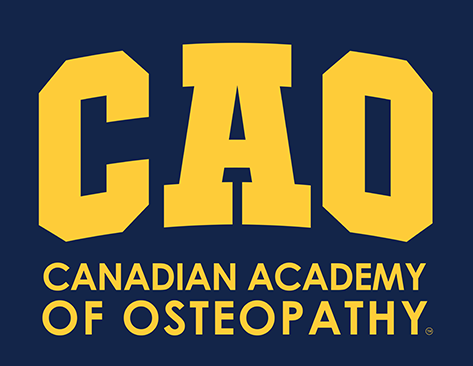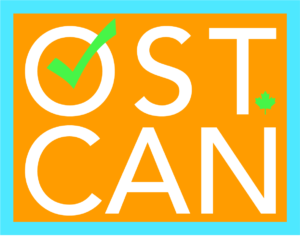If you’re embarking on a career as an osteopathic manual practitioner, you have an exciting and rewarding path ahead. But it all starts with choosing the right school for your needs and goals.
In Canada, there’s good demand for osteopathy professionals across the country, and getting the right training will position you at the forefront of that demand.
Depending on your experience and circumstances, you might be wondering what to look for in an osteopathy school. Perhaps you’re a working professional looking to upskill with a flexible program. Or perhaps you’re looking for a course in line with international standards.
Choosing the right osteopathy school is no easy decision, so here’s a look at some key things to consider as you prepare for your osteopathic education!
Does the Curriculum Meet Professional Standards?
Since osteopathy schools are not regulated by the government in Canada, it’s important to do your own research to ensure you’re choosing a school that offers a reputable and qualified program.
At the Canadian Academy of Osteopathy, we are proud to offer a curriculum that aims to meet and exceed international standards. Our program is recognized and monitored by OSTCAN and Osteopathy Canada.
Specifically, all graduates of our osteopathy college are eligible to become a member of OSTCAN, an association open to practitioners with a world-class education in osteopathy. Members must have a minimum of 4200 hours of osteopathic education, including supervised clinical training, which is what you’ll get during your time at CAO.
While learning from a team of professionals who are actively working as osteopathic manual practitioners, you can be confident you’re getting the training and qualifications you need to start a reputable career.

What Kind of Support Will You Get During Your Training?
The path to an osteopathy specialization can be challenging, and it’s important that you feel comfortable and supported along the way. Given the work and commitment it requires, you’ll want a school that facilitates the training process and accommodates the needs of different students where possible. Think about your current professional and personal commitments and whether the school offers a learning environment that is convenient for you.
At CAO, we offer a flexible, full-time program that allows you to continue to work while in the program. The combination of in-person and online lectures also allows flexibility for those commuting from out of the province.
We understand that adjusting to a full course load can be a challenge, which is why we have plenty of support systems available for students at CAO’s community-centred campus, including access to a Student Success Coordinator, opportunities to form connections with classmates and small classes taught by passionate faculty.

Does the Osteopathy College Offer Real-World Experience?
A good osteopathy school should ultimately prepare you for a professional career as an osteopathic manual practitioner. You’ll want to graduate with the confidence to deliver safe and effective osteopathic treatment to patients. The best way to achieve that is through a program that offers real-world experience for you to put your knowledge to the test.
Students at CAO are required to complete supervised clinical training and practice prior to graduation. This takes place in our dedicated clinical environments that are insured and supervised by professional osteopathic manual practitioners. Real-life patients come to the clinic for assessments and ongoing care, at which point you’ll practice intake procedures, take the lead on treatments, learn how to catch signs or symptoms of the body, and more. With hands-on experience under your belt, you’ll graduate as a more qualified and confident practitioner.
Want to learn more about training as an osteopathic manual practitioner?
Contact the Canadian Academy of Osteopathy today!



